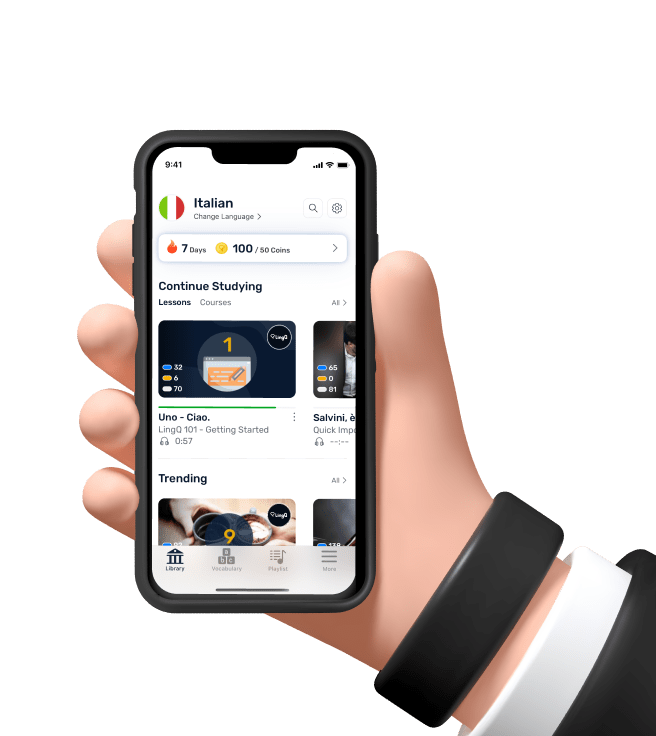2.11 Video: Recap: Setting Effective Goals
I would like for us to reflect on some of the key insights, key takeaways, at a high level, for this entire week. And I would like for us to do so in the context of the Michigan Model of Leadership. By now I assume that you're quite familiar with the Michigan Model of Leadership. It has four key quadrants that are designated by different colors and these quadrants emphasize different tendencies in our literature behaviors that have different premises behind them about what drives organizational effectiveness. So, the red quadrant, just to remind you, is focused predominantly, on controls, procedures, processes. The key driver of organizational effectiveness, here, is standardization. You're removing that risk in human element, that comes with people doing jobs and different tasks. The green quadrant is focused on setting the vision and the strategy for that organization. It's about brainstorming, envisioning the possibilities in the future. The yellow quadrant is focused on developing a collaborative community, developing that social fabric of the organization. The key drive of organizational effectiveness for yellow is investing in human capital. And finally, there's a blue segment. The blue quadrant is focused on delivering quick, tangible results. The bottom line, very decisive action. And I would like for us to think of the key insights in terms of setting effective goals in line with these four key quadrants of the Michigan Model of Leadership. Now when we start by thinking about setting specific and measurable goals with a clear timeline, we're very much within the red quadrant. It's the focus on the process, on making sure that our goals are crisply defined. That they can be carefully measured with objective metrics, and you have a clear timeline attached to them. But it's also important to recognize, that while this is a useful starting point, it's really dangerous to stop here. We need to recognize, first of all, that goals need to align with a strategy and the vision of the organization. So it's important to manage that transition from the red quadrant to the green quadrant, and understand to what extent our goals, however smart they may be, are aligned with the overall strategy and vision of the organization. Finally, it's also really important to recognize that goals are carried out by people, not robots. And so it's essential that we attend to the yellow quadrant in this leadership model, goals need to be agreed upon, reasonable. For a goal it is absolutely essential that goals are accepted by those people who are to accomplish them. You also want to make sure that you imbue goals with meaning. Allow for a significant degree of job autonomy in accomplishing these goals, and allow people to learn and apply a variety of skills on the way to attaining those goals. One last insight, is that when you think of setting effective goals there are two key points of tension in setting effective goals. And it's useful to understand the tension in the framework of these four quadrants. Recognize what these points of tension are and actively manage them. The first point of tension is that between blue and yellow segments. It is tempting for us to set stretch goals, really aggressive goals, but it's really important to recognize that aggressive stretch, and sometimes even specific goals alone, can trigger unethical behavior. And more importantly, stretch aggressive goals can promote dissatisfaction. It is because we tend to focus on the gap between the aspiration level and what we've accomplished. And when faced with stretched goals, we're more likely to fall short of those goal. So keep in mind that setting aggressive stretch goals can give you immediate results. Can give you that boost of performance. But the key point of tension is that that performance boost might not be sustainable. And the second point of tension is that specific goals can constrain our creativity, can constrain our ability to learn. And that's the tension between red and green quadrants. By setting goals that are too specific, too crisply defined, too narrow we prevent people from effectively learning new skills, new techniques and prevent them from being creative in their jobs. So again, recognize the second point of tension is sometimes it might be beneficial to loosen the specificity criteria to allow people formal flexibility, more creativity in their jobs. But going forward it's really important to recognize these two key points of tension and manage them effectively in your teams.

